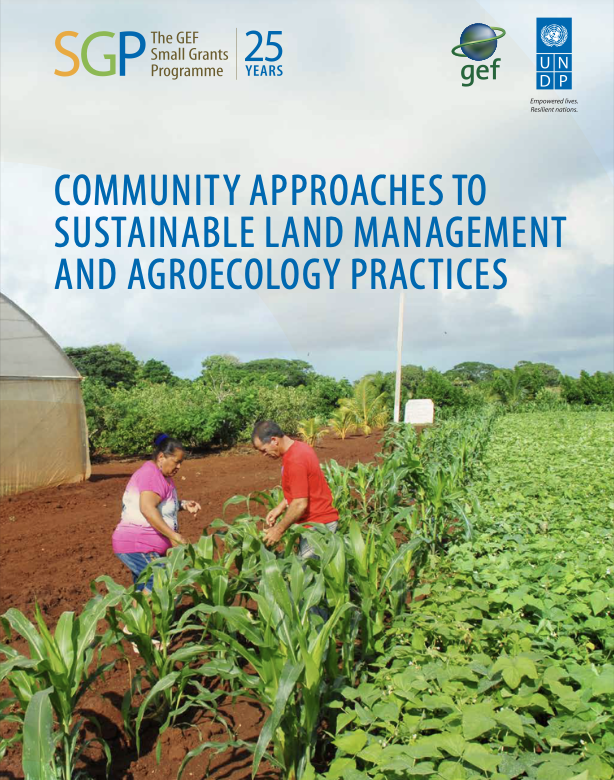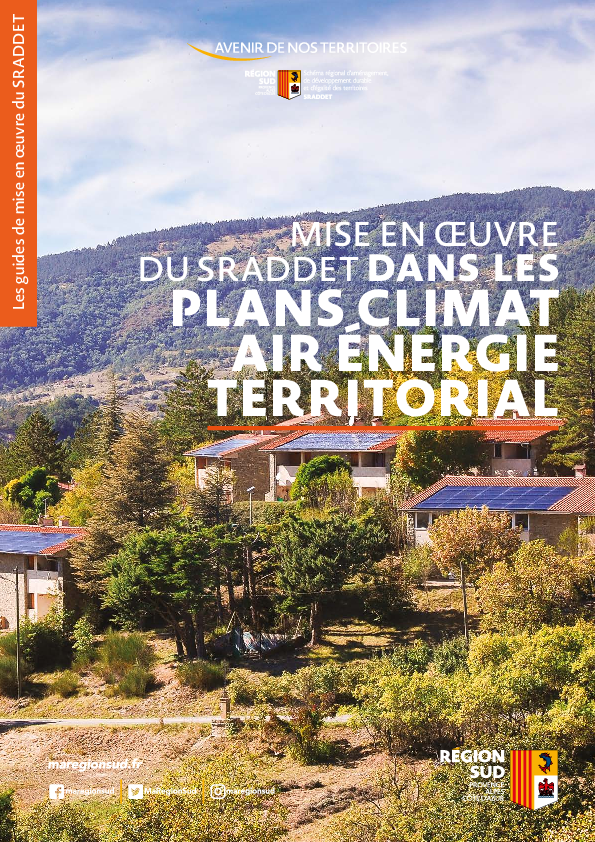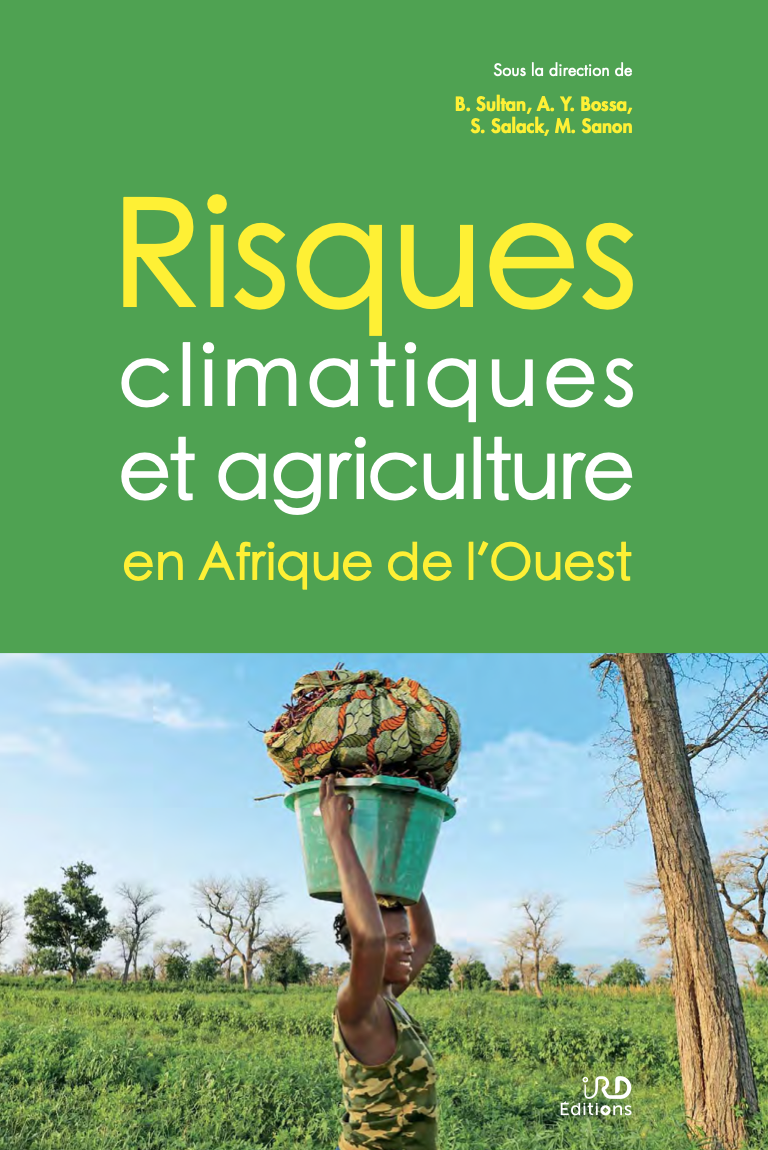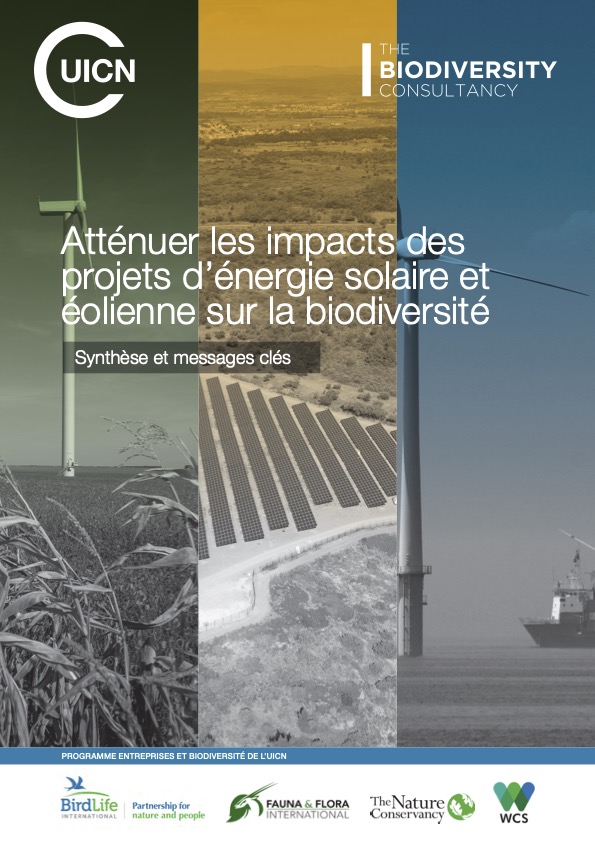Evicted by Climate Change: Confronting the Gendered Impacts of Climate-induced Displacement
In a world in which poverty is increasingly concentrated in vulnerable or fragile states, and fragility is increasingly driven by climate change, climate-induced displacement has become one of the most visible manifestations of the relationship between ecological and societal breakdown. Newest figures from the Internal Displacement Monitoring Centre reveal that over 70% of the 33 million newly displaced people (2019) had climate-related triggers.







